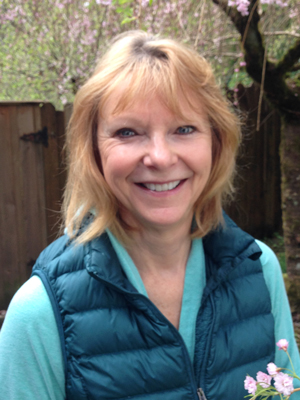Washington State's Carrie Foss Promotes Education and IPM
Whether it’s working with a school facilities manager one-on-one, or leading a recertification class for 180 pesticide applicators, there are few things Carrie Foss likes more than teaching people about integrated pest management.
“I believe in education, and I believe IPM is the key to good pest management,” said Foss, the Urban IPM Director at Washington State University. “I believe IPM is extremely important in urban settings as well as agriculture, and educating people about it is vital.”
Her passion for teaching IPM was recognized at the International IPM Symposium in March, where Foss received an International IPM Award of Recognition for her work in urban and school IPM.
“I’m very honored to receive this award, but it’s really a team award, it really is,” she said. “There’s a national group of educators working in school IPM and we share resources and collaborate on projects, and this should have been a school IPM team award.”
Foss, a plant pathologist and third-generation Washingtonian, came to Washington State University after stops in Hawaii and California, first in the diagnostics lab at the Puyallup Research and Extension Center, then in 1997 to her current position.
“I loved diagnostics, and still teach a lot of plant pathology, but I really love education,” she said. “The transition to me was wonderful.”
And in the time she’s been in the job, she’s started to see important changes.
“There’s a greater awareness that people have different options to manage pests,” she said. “That’s probably the biggest thing, but I also see there are more people who know where to go to find science-based information. They recognize the importance of getting science-based information from a university.”
She sees that with an increasing number of school districts.
“The school districts in Washington have become very motivated to seek out IPM solutions,” she said. “They’re more active. A lot of times, they’re reaching out to me for the information, rather than me always outreaching to them. That’s been a gradual process, but has really built momentum over the last three to five years.”
That’s a trend Foss hopes continues into the future. Another hope for the future is continued funding for urban IPM, especially now that she’s seeing the concept take hold.
“USDA and EPA funding has been very important and very helpful,” she said. “It’s helped us educate a lot people.”